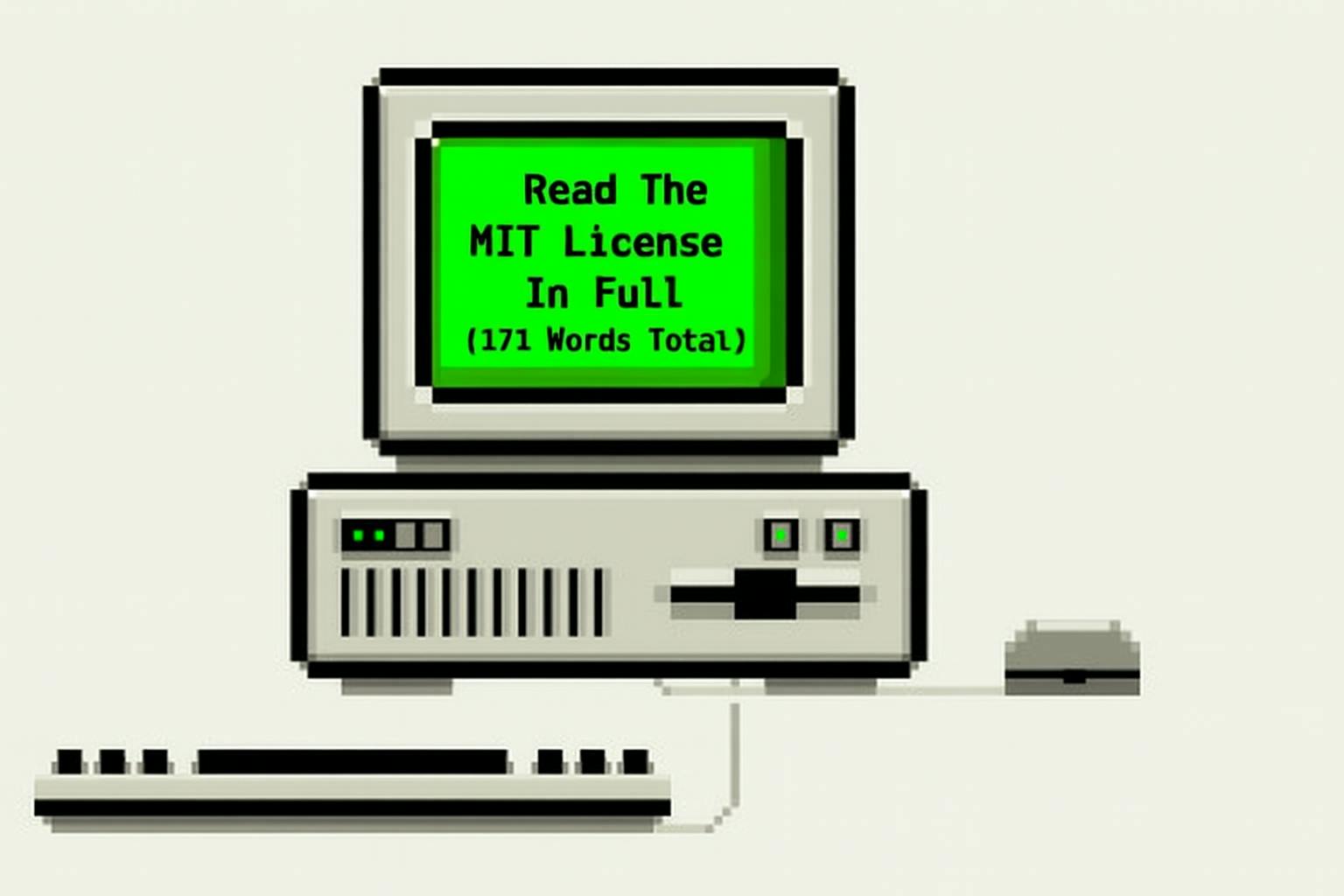How powerful can it become a solar storm? More than one will have ever asked this question for mere curiosity. And also out of necessity. Answering this question is important in order to prepare in the face of potential storms of great magnitude, but it is complicated: we have a limited sample and the most intensity events are those that happen less frequently.
But now we have a new track.
The mother of all storms. A recent study has analyzed the remnants of the greatest solar storm of which we record to date. The storm, about 500 times more powerful than the largest solar storm since the beginning of the space era, would have happened about 14,300 years ago.
Although we already had enough previous clues about this event, the new study facilitates the work of preparing for such events, and can also help us improve our radiocarbon dating techniques.
14,300 years ago. The discovery of this solar storm has been possible thanks to the detection of a radiocarbon peak, the well-known carbon-14, happened towards the year 12,350 AEC, towards the end of the last glacial period. This implies that the storm is not only the most powerful of which we have record, it is also the only solar storm known outside the Holocene, the contemporary geological era (if we exclude the existence debated from the anthropocene).
Different storms. The storm analyzed was a solar particle storm. There are different events that we can catalog as solar storms, each with its characteristics, such as radio blackouts, solar radiation storms or geomagnetic storms.
Radiation storms, such as the one studied, are produced when large amounts of charged particles from the sun reach the magnetic field of the earth. This field tends to divert the particles towards the poles, making the effect on high latitudes greater.
Carbon 14. The team responsible for the new study resorted to a new chemical-climatic model, Socol: 14C-EX, for analysis. This is a model designed to rebuild solar storms of particles in climatic conditions of the past glaciations. Thanks to this model, they explain, it was possible to verify that this solar storm was 18% stronger than the event of the year 775 EC, the largest solar storm known until the discovery of this event.
“Compared to the largest event in the Modern Era of Satellites (the 2005 particle storm) the old 12,350 AC event was about 500 times more intense, according to our estimates,” explained in a press release Kseniia Golubenko, co -author of the study of the study
The details of the study were published in an article in the magazine Earth and Planetary Science Letters.
More than establishing a record. The study allows us to establish a new framework to the “most pessimistic scenario,” says Golubenko. Knowing what we can face gives us essential tools when preventing this type of event.
The study can also help scientists who study something very different: archaeologists. The analysis has been based on carbon-14, a very important isotope when it comes to very diverse organic matter remains, from fabrics to ships. Understanding the peaks of this isotope caused by the impact of loaded particles from the Sun can help us to date back objects created in past times.
In WorldOfSoftware | NASA has calculated how much time we would have to prepare before a devastating solar storm and has got to work to get that time
Image | NASA/GSFC/CIL










